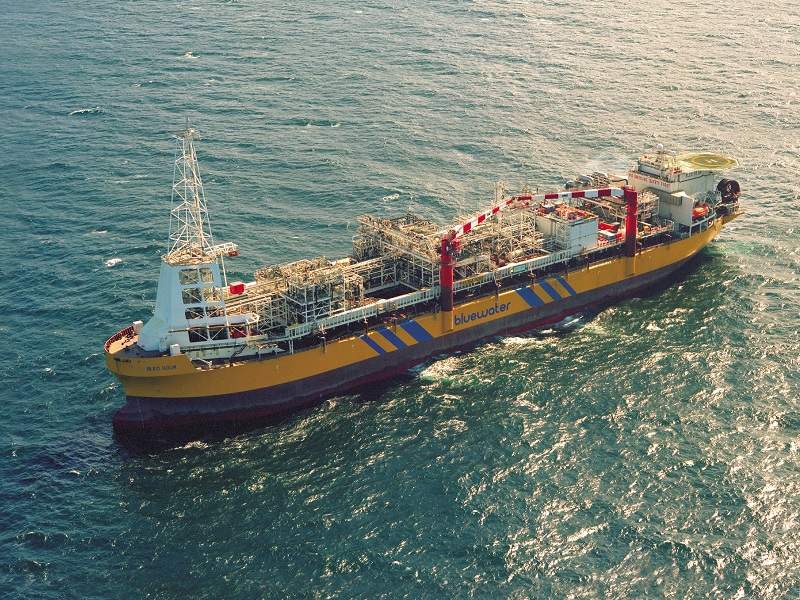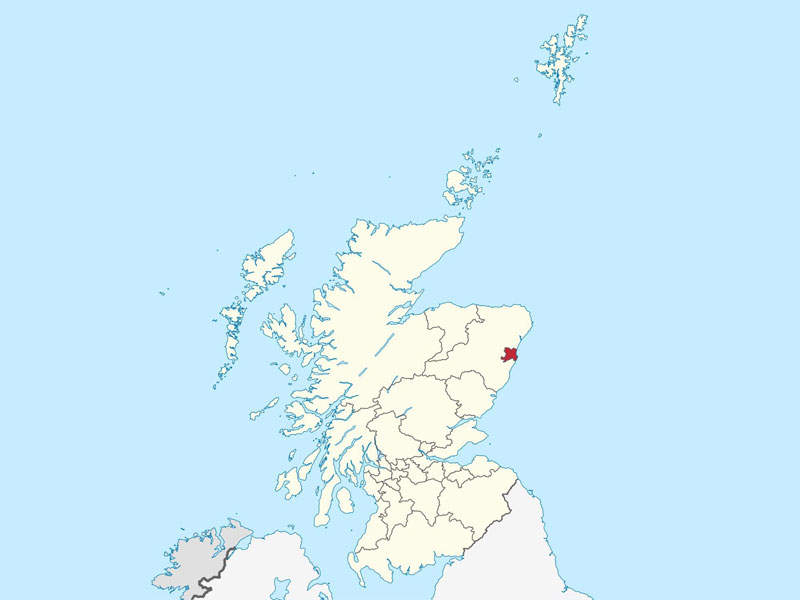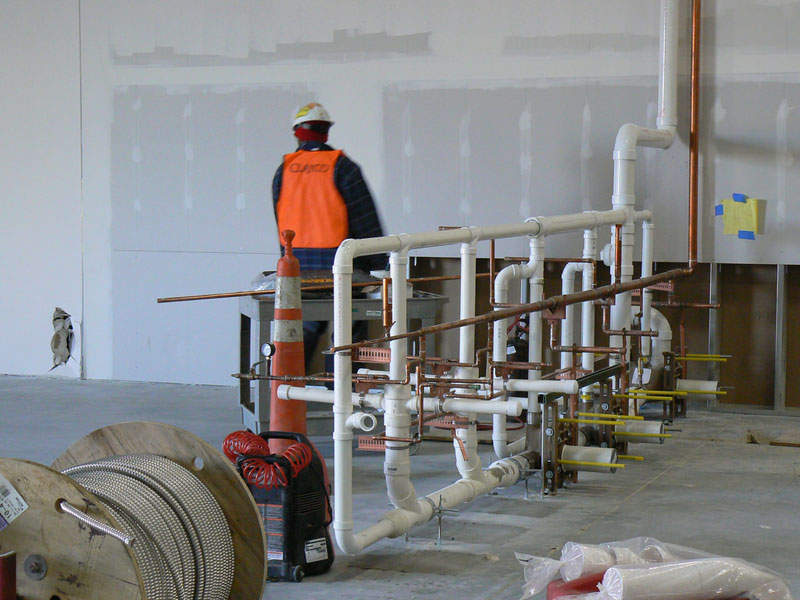The Liberator oil and gas field lies in block 13/23d of production licence P1987, which is situated roughly 120km off the shore of Aberdeen in the North Sea, UK.
The oil and gas field is 100% owned and operated by i3 Energy.
Plans for the development of the field are currently underway and drilling activities are slated to begin during the second quarter of 2018.
The field development plan (FDP) and environmental statement (ES) have been submitted to the UK Oil and Gas Authority (OGA) for approval.
First oil from the Liberator field is expected to be achieved in 2018.
Liberator field location
The Liberator field is located in the Moray Firth area of the UK Continental Shelf.
The Blake field is situated to the north-east of the oilfield, while the Ross field lies to the south.
Liberator also extends north-west into block 13/23c, which has been designated as a phase two area.
Discovery of the Liberator field
Liberator was discovered in 2013 by Dana Petroleum with the drilling of the 13/23d-8 exploration well.
The well encountered a 24ft-thick hydrocarbon column on top of a 316ft-thick high-quality lower Cretaceous Captain Sands reservoir, which included 20ft of oil below a 4ft gas column.
The reservoir had properties similar to the adjacent Blake Field and the oil had an API of 30.3°.
Geology and reserves of Liberator field
The Liberator field reservoir is a four-way dip closure that was formed by the compaction of the Captain sandstones located on the western side of the Blake channel of the Blake Field.
The flow barrier of the reservoir comprises Albian shale of the Rodby Formation.
Its reservoir comprises Aptian sediments of Lower Cretaceous age, which are made up of thick sandstone units characterised by high porosity and permeability.
The proven and probable reserves of the Liberator field’s first phase of development are 10.7 million barrels of oil and six billion cubic feet of gas.
Liberator field development plan
The development plan for the Liberator field will be implemented in phases.
Phase one of the initiative will include the drilling of two horizontal producers, namely LP1 and LP2.
It will target the main and north-west culminations of the field.
The LP1 well is slated to be drilled to target the central and eastern structural highs, which are close to the Blake manifold.
LP2 is set to be located 2km from the LP1 well and will target the western high.
LP1 will be tied back to the Blake manifold using a 100m-long spool with a diameter of 6in along with a 100m-long, 4.5in-diameter control jumper.
LP2 will be connected to the LP1 production spool via a 6in flowline.
The power, chemicals and well control will be delivered via a 4.5in control umbilical running between LP1 and LP2.
The LP1 production well is expected to commence production by October 2018, while LP2 is scheduled to come online by October 2019.
Processing and export
Fluids produced from the Liberator field will be amalgamated with the existing production at the Repsol Sinopec-operated Blake field and processed by the Bleo Holm floating production and offloading (FPSO) vessel.
The processed crude will be transported onshore in volumes of approximately 500,000 barrels to the UK and north-west European refineries.
The associated gas produced at the Bleo Holm FPSO will be transported through a 24km-long, 6in-diameter gas export pipeline that will connect with the Frigg pipeline, which is expected to further transport the gas to the St Fergus terminal.
Details of the Bleo Holm FPSO
The Bleo Holm FPSO is 242.3m-long and has a dead weight tonnage of 105,000t.
The FPSO processes the incoming fluids for separation into crude, water and gas.
It has a fluid processing capacity of 140,000 barrels of oil equivalent per day (boed), including 100,000boed of crude.
The vessel’s crude oil storage capacity is approximately 109,000m³.
Contractors involved
Petrofac Well Engineering provided well management services such as well engineering and design for the Liberator oilfield, in addition to the well delivery processes.
Baker Hughes provided oilfield services for the development.






